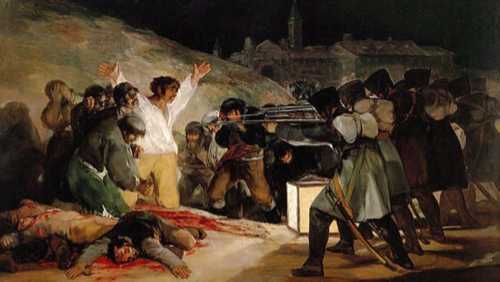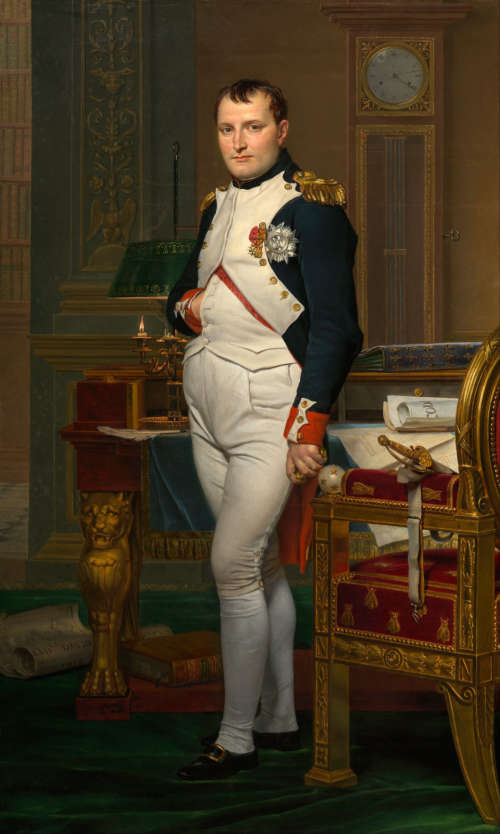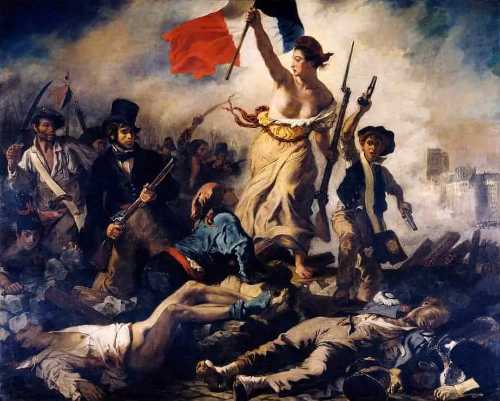Art Appreciation
2nd Element of Art: Content
Remember Content is concerned with what we actually see in the painting or art work. The objects, signs and gestures may or may not tell a story. Content defines the subject matter, the meaning or significance of the art work. Essentially, what ‘message’ is the art work or painting providing. We can deduce this by what we see and what we understand about the painting.



What we See
Look at a painting and list either on paper or in your mind everything you see. This might include individuals – are they male/female, wealthy/poor, powerful/meek, religious/non-religious, happy/sad etc. We might look at an individual’s position in a group, if one exists. Is one person shown above the group or below the group, are we looking up or down at the individual?
Artists often manipulate eyelevel when painting individuals, for example, in paintings of Napoleon the eyelevel is low to give the impression we are looking up at the individual, because he is seen as important Whereas the eyelevel is often raised when painting peasants or individuals demeaned of lesser importance. We then appear to be looking down on the individuals. The artist will often use this technique to tell us something of the status of individuals. You may also consider is the head straight or tilted? Is the figure gesturing in some way? What does this imply, What else can be seen?
Consider place, is the painting set inside or outside, palace/hovel, bedroom/kitchen, stormy sky or calm sky? What objects can you see: a dog, a pipe, a mirror, a bowl of flowers, a skull or maybe an empty chair?
When we have finished making these considerations we need to think about what all this might mean. Consider this as individual items and in relation to each other. This might require a certain amount of knowledge and experience.
What we Understand
This is where a bit of research will come in handy for the more we understand about the objects and individuals within the painting, the more we can appreciate what the artist was striving to achieve. Let’s make a start.
In western culture, certain gestures, objects or combinations of objects have significance. A head shown upright might imply confidence, especially if it is looking directly at the viewer, whereas a tilted head might imply, submissiveness, shyness or a sense of the demure.
We have seen that individual items can have deep symbolic meaning. They can mean something different when combined together, but remember the same objects in combination with something else might mean something quite different. What is the artist implying with a particular combination of objects?
What do you understand about the objects in the painting, both as individual items and in comparison with each other? If you don’t know their significance try to find out because it will help with your understanding of the painting. You will soon begin to come to some conclusions about the significance of the items you listed. What are your conclusions? Do your conclusions withstand the consequences of further research? If they do, you know more than perhaps you realised.



